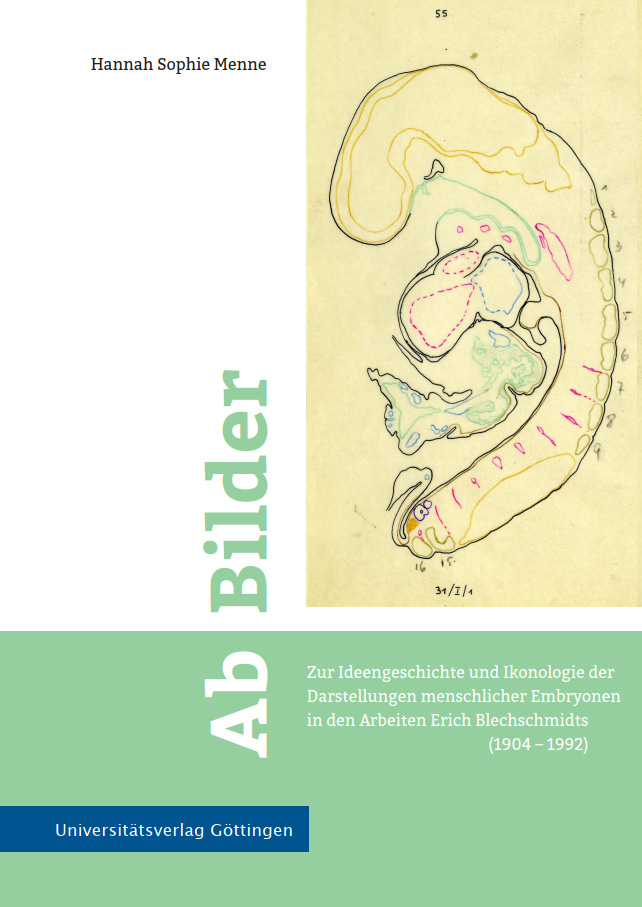Illustrations are a central component of scientific practice. They generate knowledge, shape and order it, communicate, position and discuss it at the same time. Such images, so-called epistemic images, can thus hardly be isolated from their local, social, cultural, and historical contexts. If one wants to understand the production, aesthetics, and characteristic uses of scientific images, it is necessary to take such contexts into account. The object of investigation in this thesis are the images of human embryos in the scientific work of the Göttingen anatomist Erich Blechschmidt (1904 - 1992). Initially conceived and communicated as a specialized collection, Blechschmidt's Human Embryological Documentation Collection and the images derived from it remain an anchor point for a very heterogeneous audience to this day. The work seeks explanatory approaches for the multifaceted history of the impact of Blechschmidt's images, for determining factors of their apparently enormous emotional-intuitive radiance and attraction. This is done in the sense of an iconographic-iconological analysis. The basis for this is a medical-historical investigation in the form of a reconstruction of the history of medical ideas with a focus on concepts of physiological medicine as well as a history of human embryological imaging. References to Rudolf Virchow and his cellular theory, Samuel Thomas von Soemmerring and Wilhelm His the. Ä. are presented. Translated with www.DeepL.com/Translator (free version)
Publikationstyp: Hochschulschrift
Sparte: Universitätsverlag
Sprache: Deutsch
Enthalten in
- Medizin16





